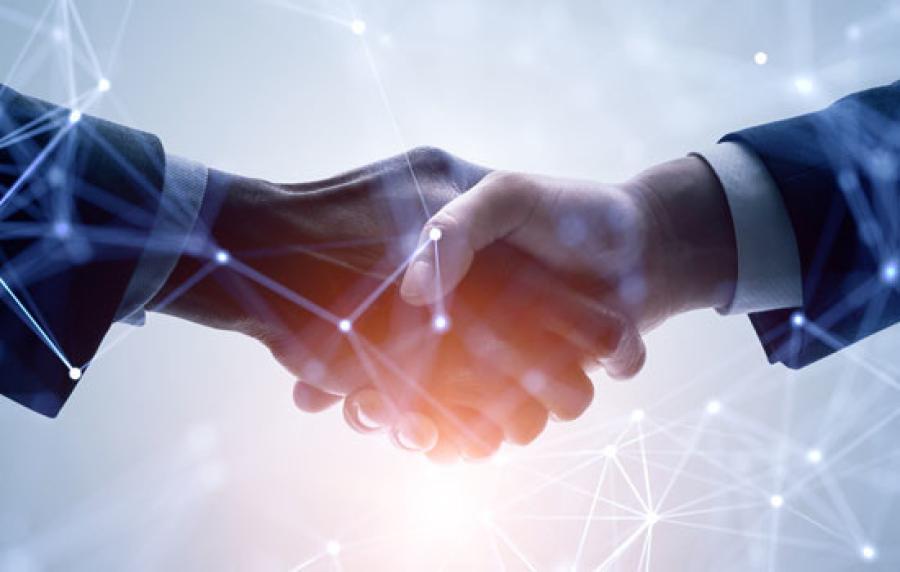There is no shortage of strategies and tactics associated with attracting and retaining customers. Organizations bend over backwards to better understand market forces, technological trends and industry insights — all in an effort to identify and pursue the best possible end-to-end experience for their customers.
Mistakes have been made. Lessons have been learned. And when it all comes down to it, the best and brightest organizations have demonstrated that investing time, effort and resources into transforming the customer experience pays dividends over time.
"From small to large companies, what they have shown us is, if you deliver the best experience, along with convenience, consumers will gravitate toward you," said Jay Vijayan, CEO of Tekion, a next-generation, cloud-native, end-to-end platform disrupting the automotive retail industry, who spoke at AEM's Annual Conference held in Phoenix, Ariz.
Addressing Complexity, Enhancing Simplicity
Look no further than the automotive industry for proof of the importance of transforming the customer experience. Ultimately, car buyers are looking for a great product, a great experience and a certain level of convenience. Price, while still obviously a major factor, has become less of one in recent years. That's because, according to Vijayan, technology now has evolved to the point where it's able to effectively address complexity and, perhaps more importantly, simplify the buying process for consumers.
"Now think about how much has been created over the last several decades — and how much complexity that's come about as a result — that's why it's so important for companies to figure out how to simplify that and create the best end-to-end consumer experience," Vijayan told the AEM crowd.
"And, as customers, we all want simplicity and ease in our day-to-day lives," he added.
While some aspects of the buying experience have changed (and, no doubt, will continue to change), others remain the same — and for good reason, said Vijayan. Consider, once again, the automotive industry. Some predict car dealerships won't exist a decade from now. However, a car is a significant purchase, and people want to experience and see it, and the most enjoyable part of car-buying is going to see the car itself. Meanwhile, other aspects of the dealership experience are far less enjoyable, simple or convenient — such as contracts, negotiations and the sales process.
"So, knowing that we want to make the majority of the time enjoyable, how can you [address the unenjoyable aspects] online or through our phones?" asked Vijayan. "It is highly possible to enable of all of those things, but how do you still engage with customers?"
Technology's Role in Transformation Process
The answer is a fairly obvious one. Consumers have proven — time after time — that they will gravitate toward whoever provides the best product, the most enjoyable experience and the highest level of convenience. As a result, equipment OEMs and dealers must evolve themselves to better leverage technology as a means of serving the customer.
"[Going back to the example of the automotive industry, car] dealers say their hands are tied behind their back when it comes to technology, while everything else can be considered an advantage over an app like, say Carvana," said Vijayan. "They have the inventory, the in-person experience, but they are not on the same level with technology. They cannot provide a consistent and seamless experience to give their customers what they want in the best way. If dealers can level up their tech experience by working with others and with OEMs, then they can succeed even more."
What will actually happen is anyone's guess, he added. Furthermore, Vijayan offered the following predictions about the evolution of the customer experience in the automotive industry:
- The retail experiences at dealerships will evolve. More specifically, the percentage of online purchases will increase, possibly as much as 50 percent
- Customers will — at some point — expect a hybrid buying experience. The process will begin online, and the purchasing will occur online, while dealerships will become more like experience centers while still also handling maintenance and service.
Lessons of Apple and Amazon
Perhaps the most critical component to ensuring customers receive the best possible end-to-end experience is trust.
"Think about Apple," said Vijayan. "Apple makes it easy for the consumer to trust them, because the consumer makes the decision as to when he or she buys accessories and service. Conversely, today, there is no easy way for an OEM to upsell a warranty. Someone from the dealership calls the customer and says they should update a warranty, and immediately that customer doesn't trust them. That's because the customer feels they've paid enough for however many years now and wants to take control. So, the biggest thing for dealers and OEMs to do is provide the experience and convenience of something like renewing warranties."
Another example, said Vijayan, is Amazon.
"If you logged into Amazon five years ago, it still has you logged in and shows what you could have purchased five years ago," said Vijayan. "Meanwhile, you go into a dealership, and they still have to ask for your phone number and name. Just that would put me into defensive mode [about my experience], and that needs to change. You can still cross-sell, upsell and sell more while still making the customer feel welcome and in control. Amazon tempts to the user to make a decision, and technology becomes a huge enabler of that — and Amazon is the perfect example of using [technology] right."
Ultimately, according to Vijayan, the lesson for equipment manufacturers is simple: The customer must feel empowered to make his or her own decision. Many companies — Apple and Amazon being the two most notable — are showing how technology cannot only enhance the customer experience, but also bolster an organization's bottom line and ensure its sustained relevance over the long term.
Today's top stories











